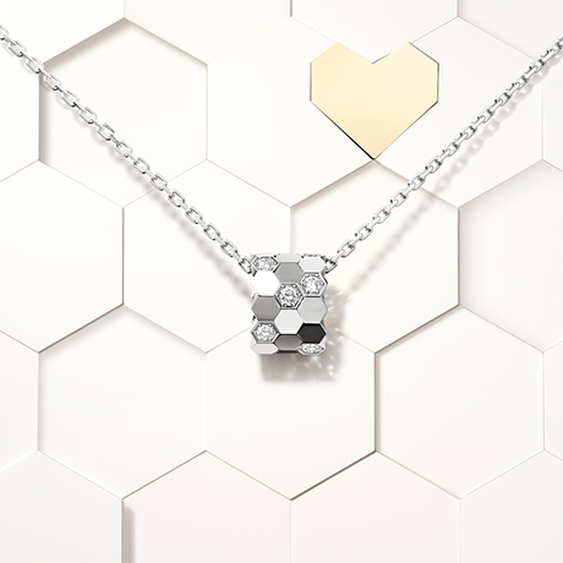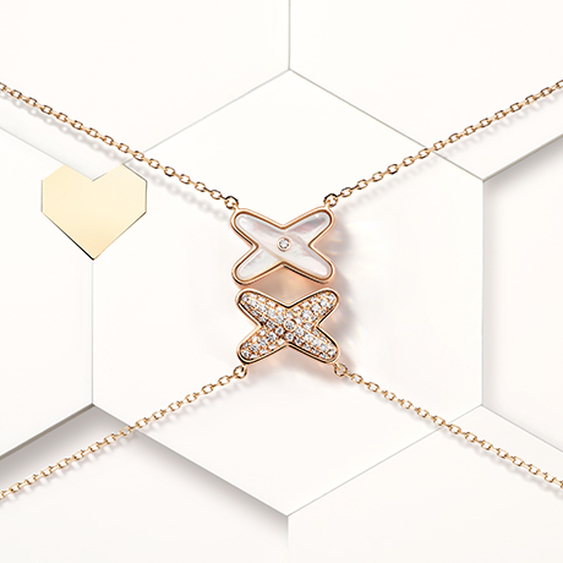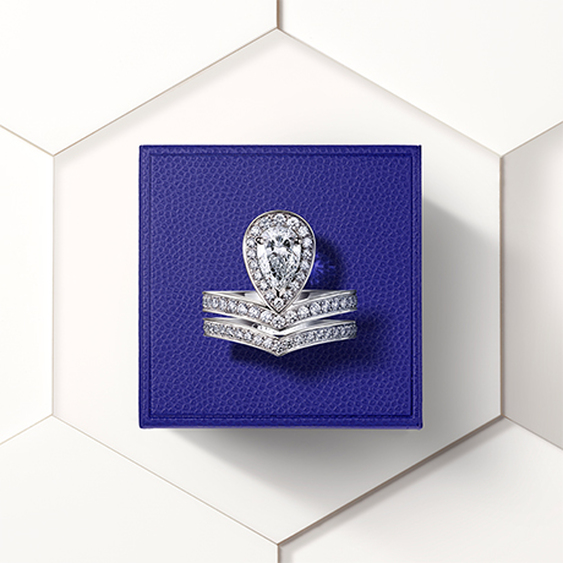You will receive your order within 3 to 5 working days.
Our customer service is available on +33 (0)1 44 77 26 26
We accept the following payment methods: Visa, Mastercard, American Express, Union Pay, PayPal, Apple Pay
Change country/region?
You are visiting chaumet.com from .
Would you like to update your location?
Go to websiteIf you wish to view another country/region, please select your location.
All services offered on this website are exclusively for United Kingdom. Would you like to continue?
My wishlist
My Cart
FREE DELIVERY AND RETURN
You will receive your order within 3 to 5 working days.
OUR CUSTOMER SERVICE
Our customer service is available on +33 (0)1 44 77 26 26
Do you have a question? Our customer service team is available on +33 (0)1 44 77 26 26
Monday-Friday 10:00-19:00 / Saturday 10:00-18:00
SECURE PAYMENT
We accept the following payment methods: Visa, Mastercard, American Express, Union Pay, PayPal, Apple Pay
SIGNATURE JEWELLERY BOX AND PACKAGING
GUARANTEE AND AUTHENTICITY
Your Chaumet creation is an original piece whose criteria of quality, precision and manufacturing meet the highest requirements. It has undergone careful care, testing and rigorous controls at every stage of its manufacture. All our Jewellery and Watches creations are shipped with a certificate attesting to their authenticity.
EUROPE
ASIA - PACIFIC
AMERICAS
MIDDLE EAST
Changing your delivery area may affect the prices and availability of products in your shopping cart.





